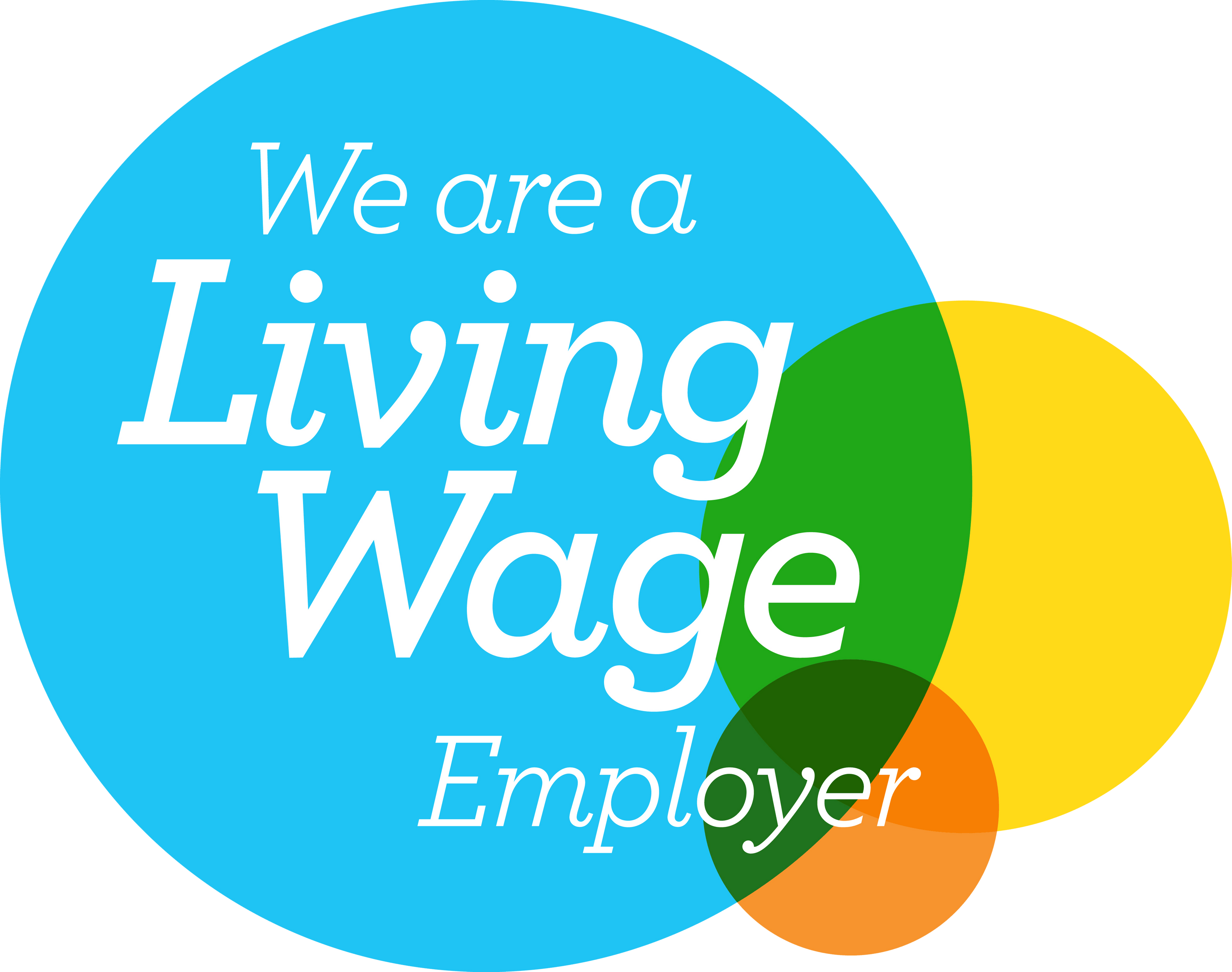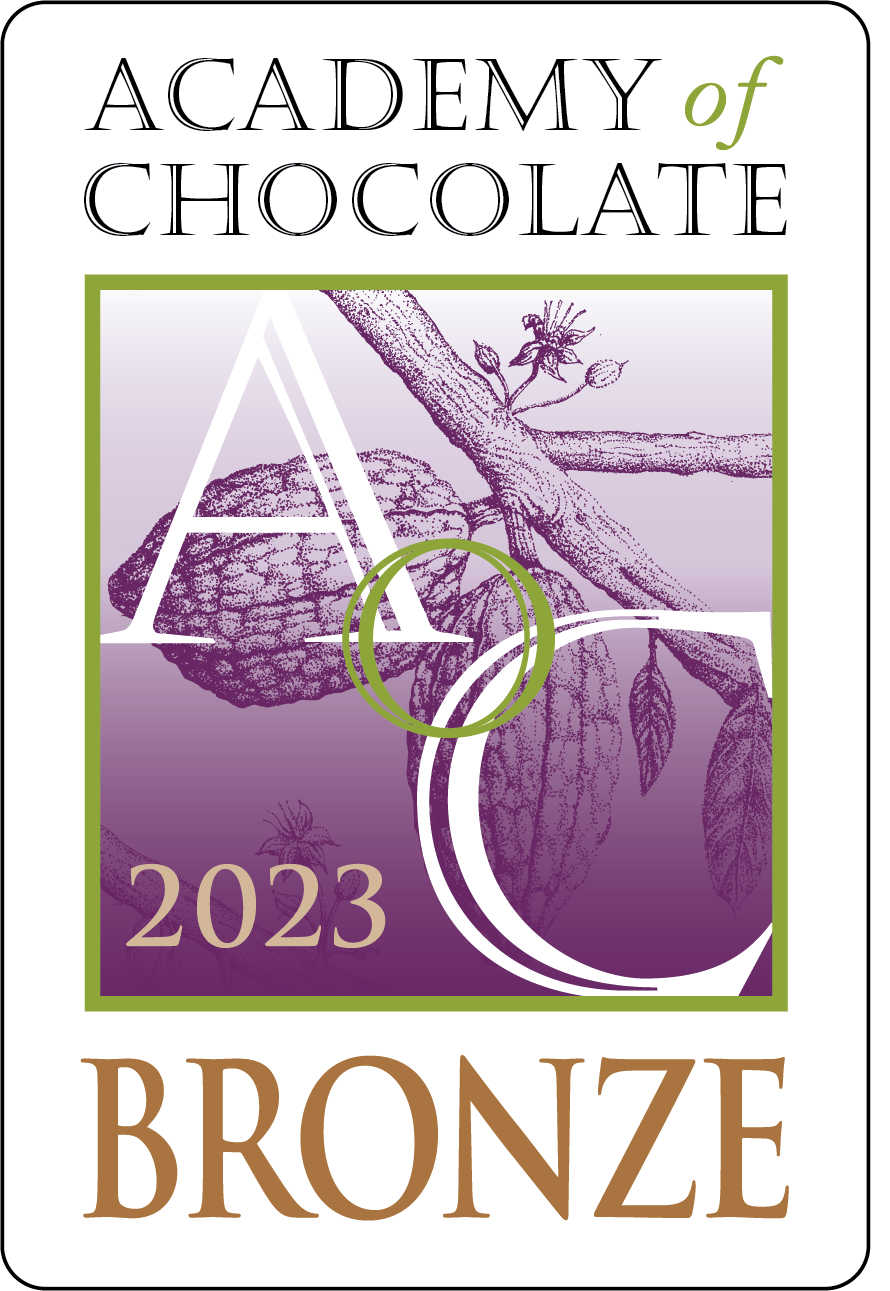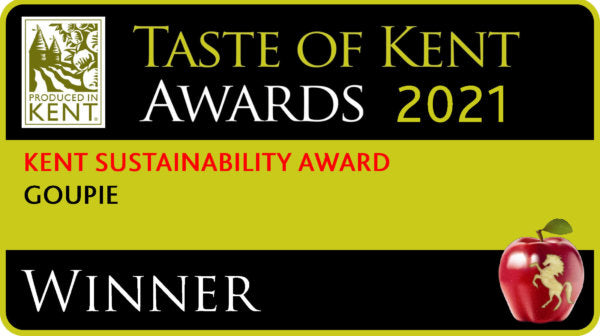I suffer from a terrible amount of guilt whenever anything enters my bins (both landfill and recyclable). I never know where it’s going to end up or the impact of our waste.
The best piece of advice I can offer as a parent of 4 is to not eradicate your waste, but to eradicate your ‘single-use’ behaviour and consumption. Roughly half of annual plastic production is destined for a single-use product. For example, only 1% of plastic bags are returned for recycling. That’s 99% going to landfill. Even when single-use plastics are sent to landfill, we must stop thinking they are harmless. Landfill liners can leak harmful pollutants into the watershed and any plastics sitting on the top of landfills can also be blown away, ending up harming wildlife and polluting communities.
So, I challenge you! Anything you’ve only used once and about to put in the bin, STOP! Think ‘How can I re-use this?’.
Here are a few examples of how we’ve transformed waste into fun learning opportunities. We’re big nature lovers, so naturally, these ideas have lead to time outdoors, learning and connecting with nature. A massive must for helping children’s mental health, boosting creativity and providing exercise. Oh, and for capturing the beauty and magic of all wild things that grow and breathe around us.

Create new life using old glass jars
I always choose to opt for pasta sauces, condiments etc. in glass jars. The recycling rate for glass is far higher (74%!) than plastic, so is always a more sustainable choice. This year, we’ve been trying to grow our own fruit and veg and garden plants. Glass jars have been a fantastic habitat for growing seeds. We fill up old jars with a few stones at the bottom (for draining), a few scoops of home-made compost and push down the seeds. So far, we’re growing radish, sunflowers, carrots, tomatoes and lupin plants. These have now all be replanted into our veggie plot and front garden. My daughter loved learning about where seeds come from, why they are so important and the different conditions they require to grow. It also taught her about patience as a seedling is never in a rush.

Make a compost heap from leftover / old wood
You may have seen in an earlier Goupie blog post, that we upcycled an old fence panel into a compost bin. This was a fantastic opportunity to encourage my toddler to learn about using tools such as measuring tape, drills, hammers and screws. She had great fun collecting lots of rotting wood and leaves from the garden to get it started. We’ve used the compost bin may times to feed her fascination of minibeasts. Every time we've delved into the bottom of the bin, we've found an exciting selection of creepy crawlies. She’s held worms, woodlice, centipedes, earwigs and beetles. It also creates a good opportunity to talk about habitats and garden wildlife

Create a home for wildlife with an old washing up bowl
This summer has greeted us with a combination of weird weather. But we’ve been loving the hot days. When we get hot, we want to cool off, and animals are no different and it’s not always easy for animals to find water. So, building a little water feature is one of the best things you can do to help wildlife! Recycle an old washing up bowl with the help of some stones out of the garden and a collection of rainwater and you can breathe life into your garden. Birds will use it as a bar and frogs will use it as a hot tub! It’ll also help dragonfly nymphs, midge larvae and whirgly-gig beetles - all important food for attracting beautiful birds and hedgehogs. You can see a step-by-step guide over at Eco Kids Planet Magazine.

Make a hedgehog home using reclaimed bricks
One of my sweetest childhood memories is watching a busy hedgehog nose to ground, snuffling among our back garden weeds. It was so exciting! Such a bizarre but adorable creature, I used to constantly look at my parent's window waiting for it to return and gobble up the tin of food we’d leave out for it.
I wanted to mirror a similar experience for my daughters. So, last Autumn we headed to a scrapyard and picked up some seriously cheap bricks. We came home on a mission to up-cycle them into a cosy hedgehog home. We used the bricks for the walls and old garden slab for the roof and packed it with cosy leaves and straw. It was a wonderful hands-on experience for my daughters to learn about stacking bricks and constructing simple foundations and why hedgehogs came out in the Autumn. This naturally lead on to us talking about the different seasons, what makes a mammal and hibernation. We still have it sat proudly tucked in the corner of our garden waiting for prickly visitors to return this year.
I hope these simple ideas help to inspire you to get growing, planting, building and recycling! The more we curb our single-use items and make them last as long as possible, the more money we save and the more we give back out of the energy and resources harvested to give us the items we consume. They also spark fantastic learning opportunities with your children and you’ll be amazed at the conservations and ideas it’ll lead them on to next! Enjoy!
This piece was created for Goupie by Emma Oldham.






